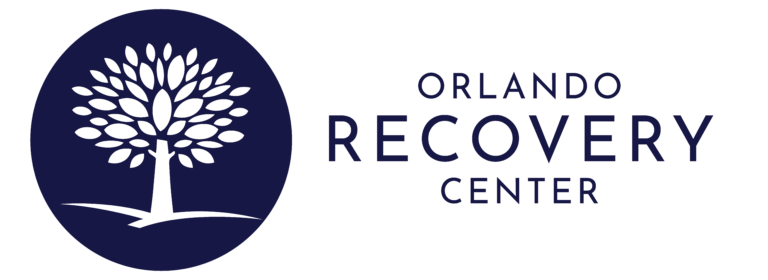What are the signs of meth use? Knowing the signs are helpful if you are concerned someone you know might be using meth. There are physical and behavioral signs to look out for that can indicate potential meth use.
In general, the following are typical signs of meth use:
- Decreased or complete loss of appetite
- Constant talking
- Erratic body movements including twitching, rapid breathing, quick eye movements, facial tics, heightened heartbeat and exaggerated mannerisms
- Dilated pupils
- Abnormal sleeping habits (i.e., staying awake for days or weeks at a time)
- Impulsive behavior and disorganized thoughts
- Mood swings or outbursts
- Paranoia or hallucinations
- Decaying or stained teeth
- Skin and facial sores or lesions
Why is Meth so Addictive?
Meth is one of the most addictive drugs that exist. Learning why meth is so addictive can help people better understand why individuals become dependent on it. When people use meth, they experience an intense increase in dopamine, one of the brain’s naturally-occurring chemicals that relay feelings of pleasure, energy, well-being and satisfaction.
Meth instantly transmits dopamine to the reward areas of the brain, which reinforces drug use behavior. After consuming meth, even just once, the individual may want to relive the same experience and addiction can develop.
Treatment Can Be Life Changing
Whether you are struggling with addiction, mental health or both, our expert team is here to guide you every step of the way. Don’t wait— reach out today to take the first step toward taking control of your life.
Signs of Meth Use
Signs of meth use can be easy to recognize. Meth affects the body and mind in powerful ways that dramatically change a person’s appearance and behavior. The following are some physical and behavioral signs of meth use:
Physical Signs of Meth Use
So, what are the physical signs of meth use? One of the obvious signs is extreme weight loss due to decreased, or complete loss of, appetite. Another telling sign of meth use is meth mouth — a condition in which the user’s teeth begin to rot, stain, decay and break.
People who use meth also experience hallucinations that make them feel like bugs are crawling under their skin. This feeling causes them to habitually pick at their skin, resulting in skin sores and lesions. These lesions typically don’t heal while the person continues to use meth.
Beyond meth mouth and sores, other common physical signs of meth use include dilated pupils, erratic movements (e.g., twitching), rapid breathing, quick eye movements, facial tics, fast heartbeat and exaggerated mannerisms.
Behavioral Signs of Meth Use
In addition to physical signs of meth use, there are also noticeable behavioral and psychological signs. Meth often affects sleeping habits, the decision-making process and a person’s ability to socialize normally.
Behavioral signs of meth useabuse behavior also often include:
- Decreased or complete loss of appetite
- Constant talking or babbling
- Abnormal sleeping habits – staying awake for days or even weeks at a time
- Impulsive behavior and disorganized thoughts
- Mood swings or outbursts
- Paranoia or hallucinations
- Depression and anxiety
- Risky sexual behavior
- Inability to complete day-to-day tasks like going to work or managing finances.
Find Help for Meth Addiction in Orlando
If you or someone you know uses meth, the Orlando Recovery Center can help. With quality care and tailored programs to help patients overcome addiction, the Orlando Recovery Center helps patients address their substance use disorder and any co-occurring mental health disorders. Contact the Orlando Recovery Center to learn more about meth addiction treatment options. Recovery is possible.








